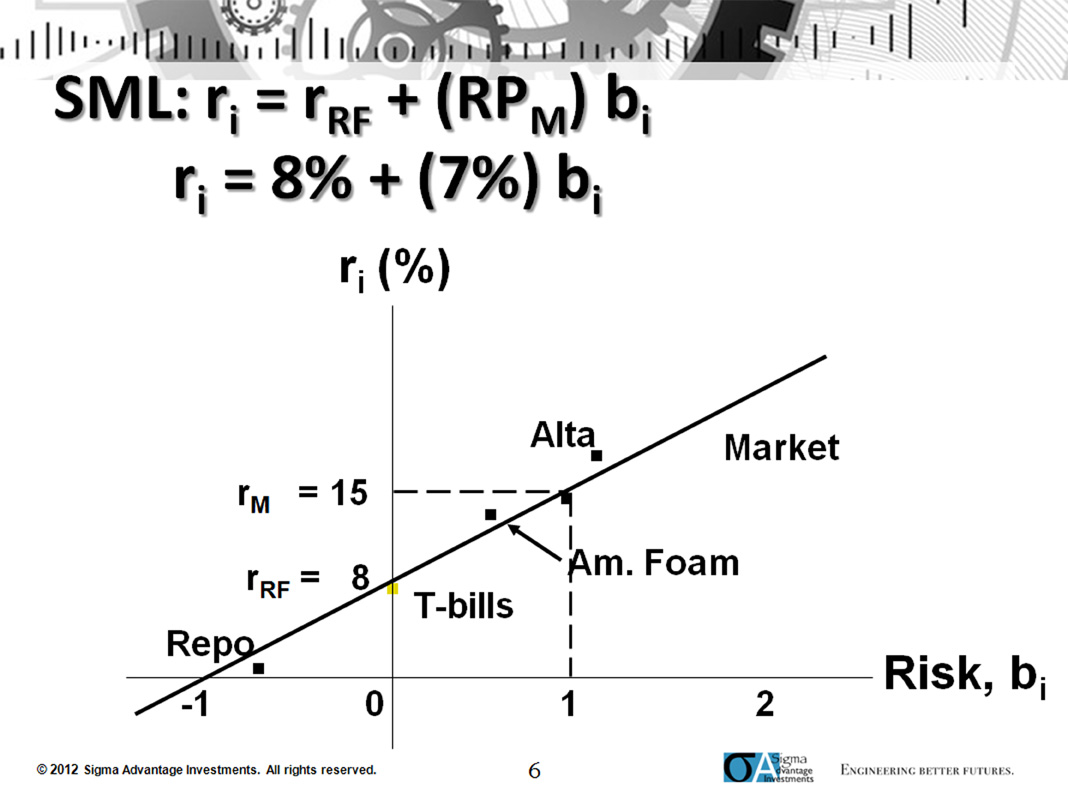The Stable High Yield model spent late summer and early autumn underperforming the stock market, with which it has no expected correlation. This episodic underperformance was therefore of no great concern to the manager, as the thesis of the model is to approximate long-term, annualized stock market performance.
The recent market correction and a review of the model’s returns seems to support its thesis. The model’s most reasonable performance measure is “since inception,” as it is designed to be measured solely on long-term results. It is a true buy-and-hold investment.
Sure, before the summer rally, our model was sporting a 12-month return of 13.5% (July 8, 2011 to July 6, 2012), while the stock market was struggling along with single-digit returns (0.1% for the same period). But the market rally, combined with Fed actions that damaged prospects for the mortgage REITs, caused the model to begin trailing the stock indexes on a short-term basis.
But, again, the model is long-term, not short-term, oriented. And even with that recent lagging performance (which seems to have ended) it has still significantly bested the S&P 500 since its July 7, 2011 inception by a margin of 8.9% (net of fees) vs. 1.3% (as of Nov. 8, 2012).
I’m therefore very pleased with how the model has held up against the market, and it has provided some early (at 16 months) support for the strategy, to wit: achieving historical equity-like returns, irrespective of stock market fluctuations, while maintaining a relatively low risk composition.
Any index comparisons provided in the blogs are for informational purposes only and should not be used as the basis for making an investment decision. There are significant differences between client accounts and the indices referenced including, but not limited to, risk profile, liquidity, volatility and asset composition. The S&P 500 is an index of 500 stocks chosen for market size, liquidity and industry, among other factors.



